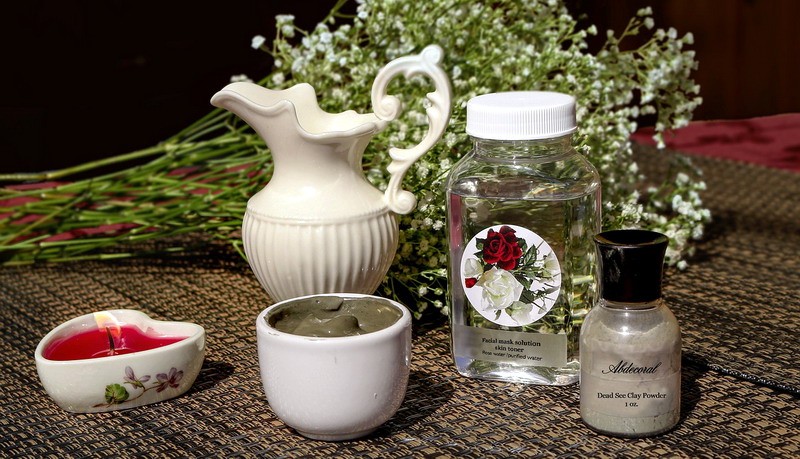Did you know that spas date back to ancient Roman times? In Belgium, the town called “Spa” was famous for containing a chalybeate (iron-containing) water source that helped to “cure” medieval ailments that were actually diseases and symptoms of an iron deficiency. During this period and the many that followed it, there was a mythical aura that seemed to surround spas, and many people believed that they offered spiritual cleansing and directly connected them with their gods. Since then, the idea of the spa has turned into an all-encompassing resort-like event that is more of a destination rather than a single day experience. Still, the idea remains that it is a spiritual cleansing experience with an emphasis on spa beauty and a variety of body renewing treatments.
The Origins of Spa
 In ancient Greece, intricate bathing practices were considered a normal part of everyday life. Public baths and showers were created inside of their local gymnasium complexes, each containing luxurious bath tubs and pools. These ancient people believed that tidal pools and natural springs were a gift directly given from the gods to cure diseases and ailments as well as to beautify the body. In exchange for an offering, citizens could use these sacred pools to renew and refresh themselves both physically and spiritually.
In ancient Greece, intricate bathing practices were considered a normal part of everyday life. Public baths and showers were created inside of their local gymnasium complexes, each containing luxurious bath tubs and pools. These ancient people believed that tidal pools and natural springs were a gift directly given from the gods to cure diseases and ailments as well as to beautify the body. In exchange for an offering, citizens could use these sacred pools to renew and refresh themselves both physically and spiritually.
The ancient Romans followed in the Greeks’ footsteps, although they took the idea of the spa one step further with the invention of Roman aqueducts. This allowed for them to safely pump clean water into their bathhouses, creating a clean environment that was beloved by all citizens. As their technology advanced, the Romans began to create more intricate procedures involved in spa bathing. Soon they created additional rooms for massage, dressing and undressing, sweating, and resting. This movement was the foundation for the advancement and creation of our modern day spas.
Although public bathing was considered taboo and dangerous in the centuries to follow, the idea of a natural spring being a holy and cleansing experience continued. Rather than attributing their presence to a gift from the gods as the Romans and Greeks did, medieval individuals believed that the Roman Catholic God worked through the waters to provide miracles and heal ailments such as arthritis, stomach pain, and more. Soon, drinking mineral water from springs became a common practice to relieve the body of evil “poisons.”
As society progressed, it became fashionable once more for the upper class to participate in bathing. Former spa hubs, such as the city of Bath, became popular once more for even royalty to visit for relaxing trips. Soon, these idealized vacations became shows of opulence for the upper class, in which they spent outrageous amounts of money on clothing, expensive treatments, and more to impress the others at the spa. Rather than being a place of relaxation, the spa became a place of pageantry, where attendees put on a show of wealth rather than focusing on recovery.
It wasn’t until the first indoor personal bathtub was invented in the 1800’s that the attitude around the spa began to change. Rather than focusing on putting on a display of status, visits to the spa began to focus more so on bathing and tranquility. European bathhouses began to be constructed in the old style of the Romans, with an emphasis on creating a peaceful and luxurious environment.
As time progressed into the 19th century, the attitude around the spa shifted once more. It soon became a destination rather than a simple bathhouse, with many spas adding on additional features such as tennis courts, golf courses, and opulent architecture. The traditional bathing practices continued, with dips in hot soothing water, steaming in a vapor room, eating a special diet that promoted cleansing, and keeping rigid sleep schedule. It was during this time that the true medical benefits of the spa were realized, and many European governments soon began helping patients to pay for part of their visit, much like modern health insurance.
The Spa Today
Over the past century, spas have still retained their popularity as a relaxing mind and body-renewing destination. However, the treatments involved have advanced to more complex ideas, focusing on a variety of areas from body to cosmetic to spa to mind. Nowadays, each spa has their own set of specialties and services that their guests can select from in order to maximize their relaxation and recovery. Patients can select from spa services and options such as aromatherapy, bathing or soaking in a variety of water sources, body wraps, massages, and manicures or pedicures. Many locations offer spa packages and services for a discounted rate in order to attract more visitors. Some spas have become weekend or weeklong resort like experiences rather than a simple day spa trip. With the increased focus on health and wellness around the world, the popularity of the spa will likely increase from here!
